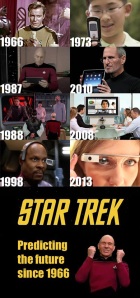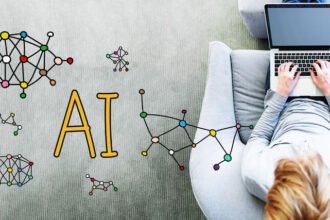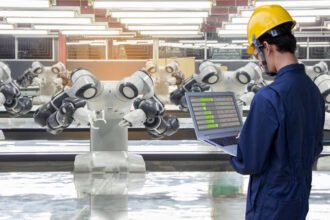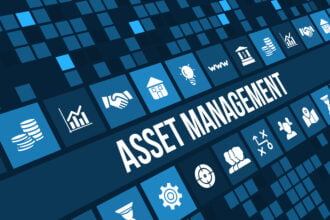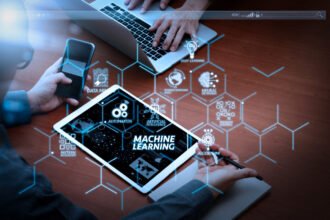I joined the Churchill Club this morning for an exciting breakfast on Machine Learning. In May 2013, Steve Jurvetson of DFJ said on the Churchill Club stage that he believes machine learning will be one of the most important tech trends over the next 3-5 years for innovation and economic growth. I was eager to hear what Peter Norvig and the other guys would say about that.
No surprise
I joined the Churchill Club this morning for an exciting breakfast on Machine Learning. In May 2013, Steve Jurvetson of DFJ said on the Churchill Club stage that he believes machine learning will be one of the most important tech trends over the next 3-5 years for innovation and economic growth. I was eager to hear what Peter Norvig and the other guys would say about that.
No surprise
What might be surprising is that none of them painted an ‘unfathomable’ picture of the future. It was all about more power, faster modeling, more data…
I can’t say that they shared a vision… I wonder if we have all been dreaming in our young years, watching Star Trek, and super-computers fueled our imagination. Super smart machine able to assist the crew, and eventually perform medicine or look for their ‘humanity’, is the vision. We are all working hard at figuring out ways we can make it real, ways we can build technology that achieve the ideals we grew up dreaming about.
It has been a rocky road for Artificial Intelligence, but in the past few years, Watson, the self driving car and other wonders have made us believe that machine learning could actually live up to our expectations, and more.
Takeaways
So what were the key takeaways of this discussion?
We need to embrace uncertainty. We have been thinking about decision support being a single recommendation or prediction, but we need to expand that model. The prediction could be more complex, represented as a range rather than single response, having multiple alternatives, maybe plotting black swans.
One of the challenges we face when dealing with uncertainty is complexity. It take really good data scientists to model for uncertainty and to represent it clearly. It takes experts to comprehend the results. The data scientist shortage is in the way of more prevalent data-driven decisions around the world.
One avenue to address the talent gap, is to ask more from the machines. Machine Learning, or rather our usage of it, needs to evolve to reach the next level. This is why Google has been investing on deep learning, aiming to build intermediary representations. A complex problem that we have been tackling for decades. All of this work is starting to come to fruition in image or speech recognition, gradually improving what machines can do, can understand too.
Another avenue is to make the technology more accessible. One gentleman asked about Machine-Learning-as-a-Service, making these capabilities readily available in the Cloud. Several solutions are actually available in the Cloud, SMARTS BluePen is one of them. So accessibility in the form of ‘technology you can access from your laptop’ is not the issue. The issue is to make is accessible in terms of skills. Gurjeet Singh made the point that we need to expand the audience for Machine Learning capabilities to users that are not data scientists. I wholeheartedly agree with that. Data scientist are desperately need for heavy analytics, but there are tons of other use cases where a data-driven insight given to a business user at the right time would deliver a huge impact.
I understand that data being the lifeblood of Google, there are very few efforts if any to pursue expert knowledge combined with data-insight. That is a shame, I think, because there is a tremendous value in combining both. Compliance application are 100% on the business rules side. Established trend detection is 100% on the data side. But there are a lot of shades of grey in the middle, like fresh trend detection where the data has not yet accumulated.
I am not surprised though that this crowd is not thinking that way yet. In a past conversation with Larry Rosenberger, he shared with me how much of a revelation it was to him when he realized that ‘an ounce of knowledge is worth a ton of data’. He had lived most of his life so far in a world dominated by data, and he may not have opened his mind to business rules without the opportunity knocking on his door. One is not better than the other, they are both first class citizens of better decisions. But until you start thinking in terms of toolbox, you might love your hammer for anything that looks more or less like a nail…


